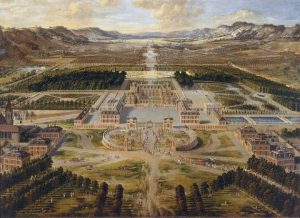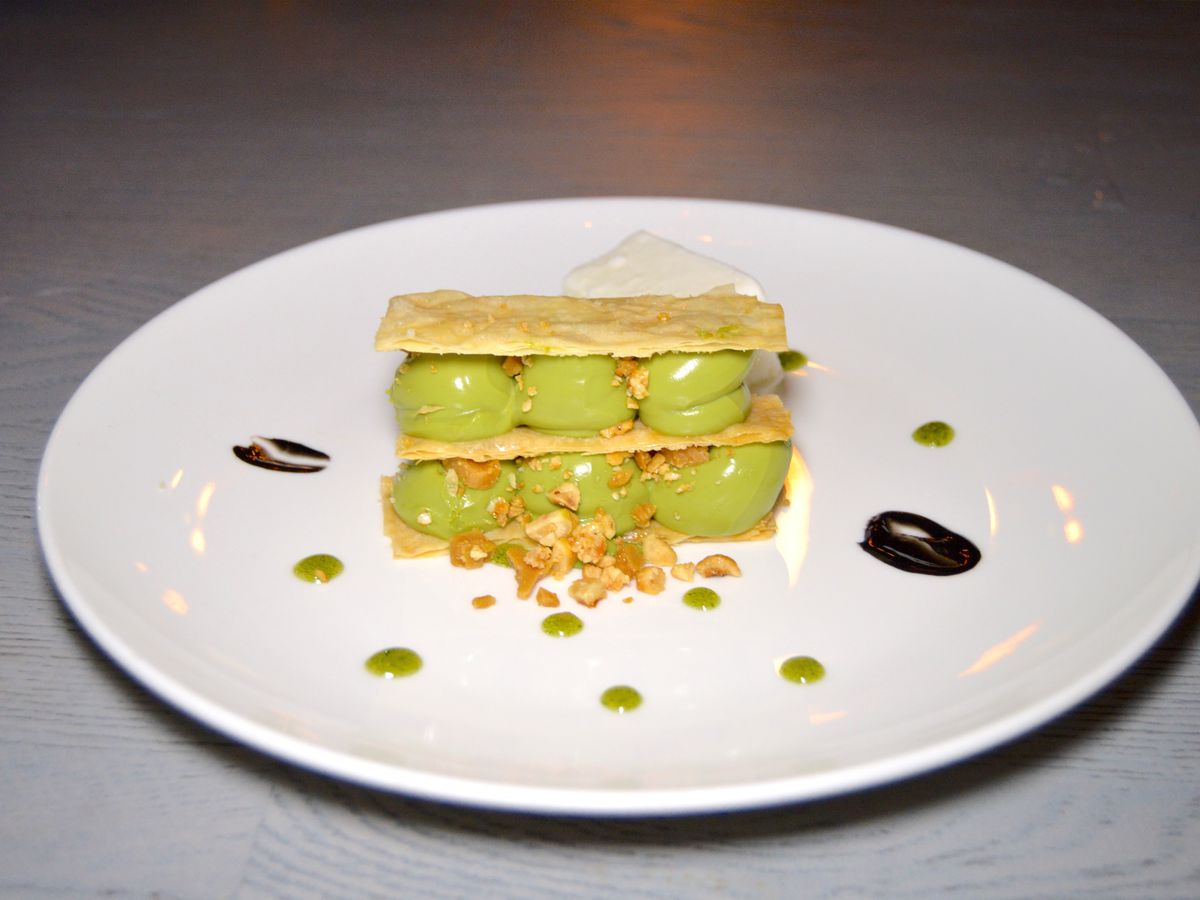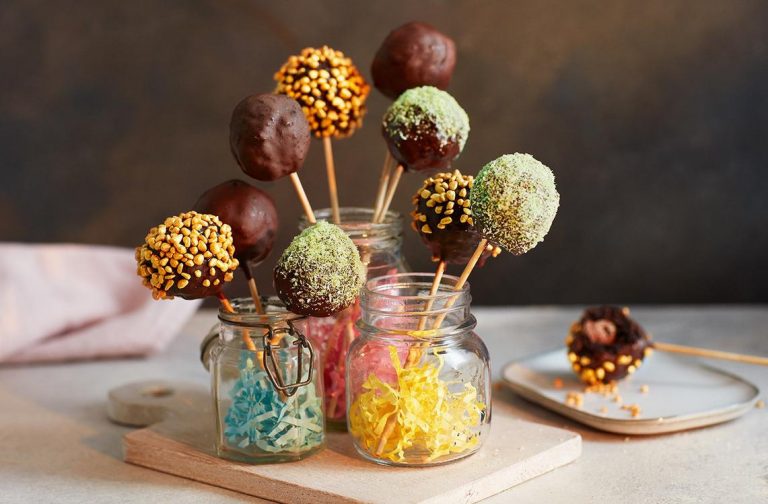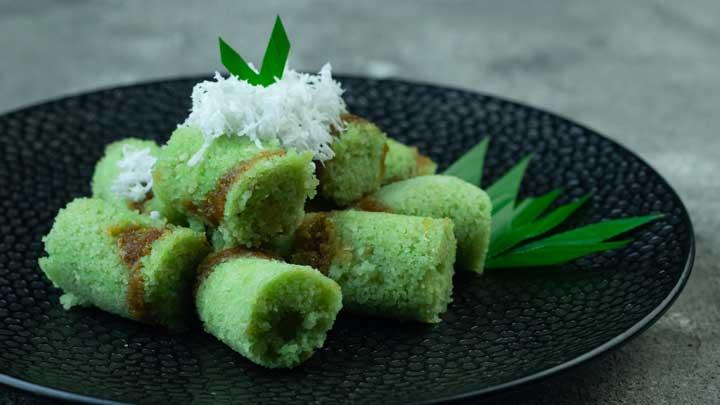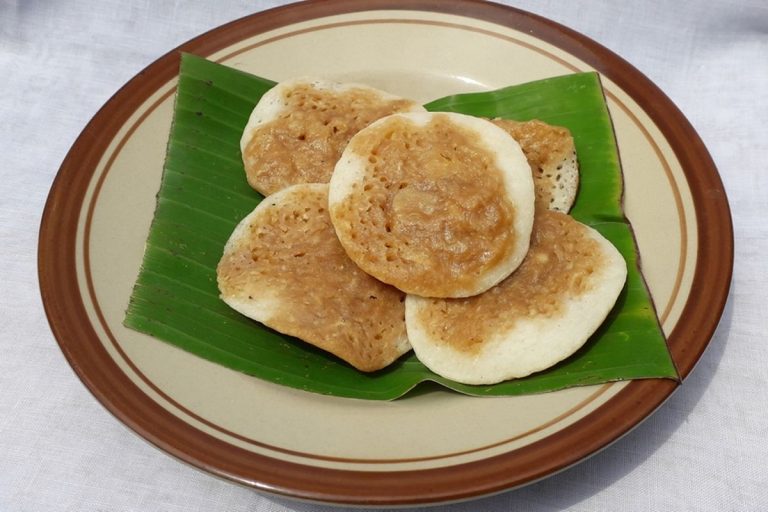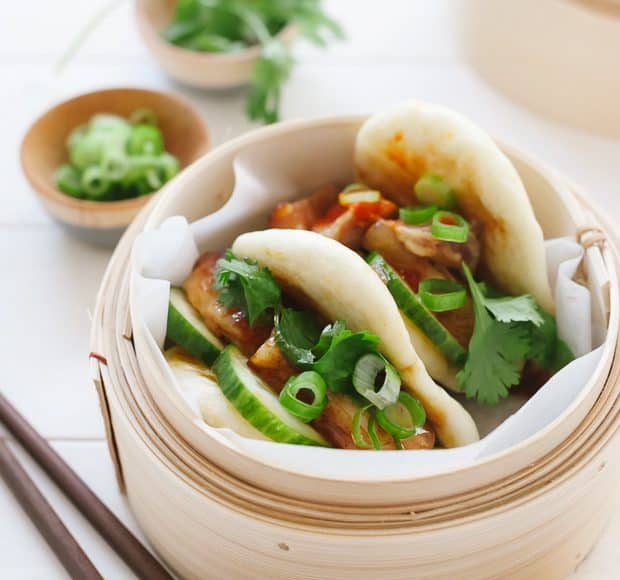Matcha tea is more than just a drink—it’s a symbol of Japanese culture, wellness, and tradition. Known for its vibrant green color, earthy umami flavor, and rich antioxidants, matcha has gained global popularity as a superfood and a key ingredient in lattes, desserts, and even skincare products.
But what makes matcha so special? How does it differ from regular green tea? In this guide, we’ll explore the history of matcha, its unique production process, health benefits, and the best ways to enjoy it.
The History of Matcha: A Tea Rooted in Tradition
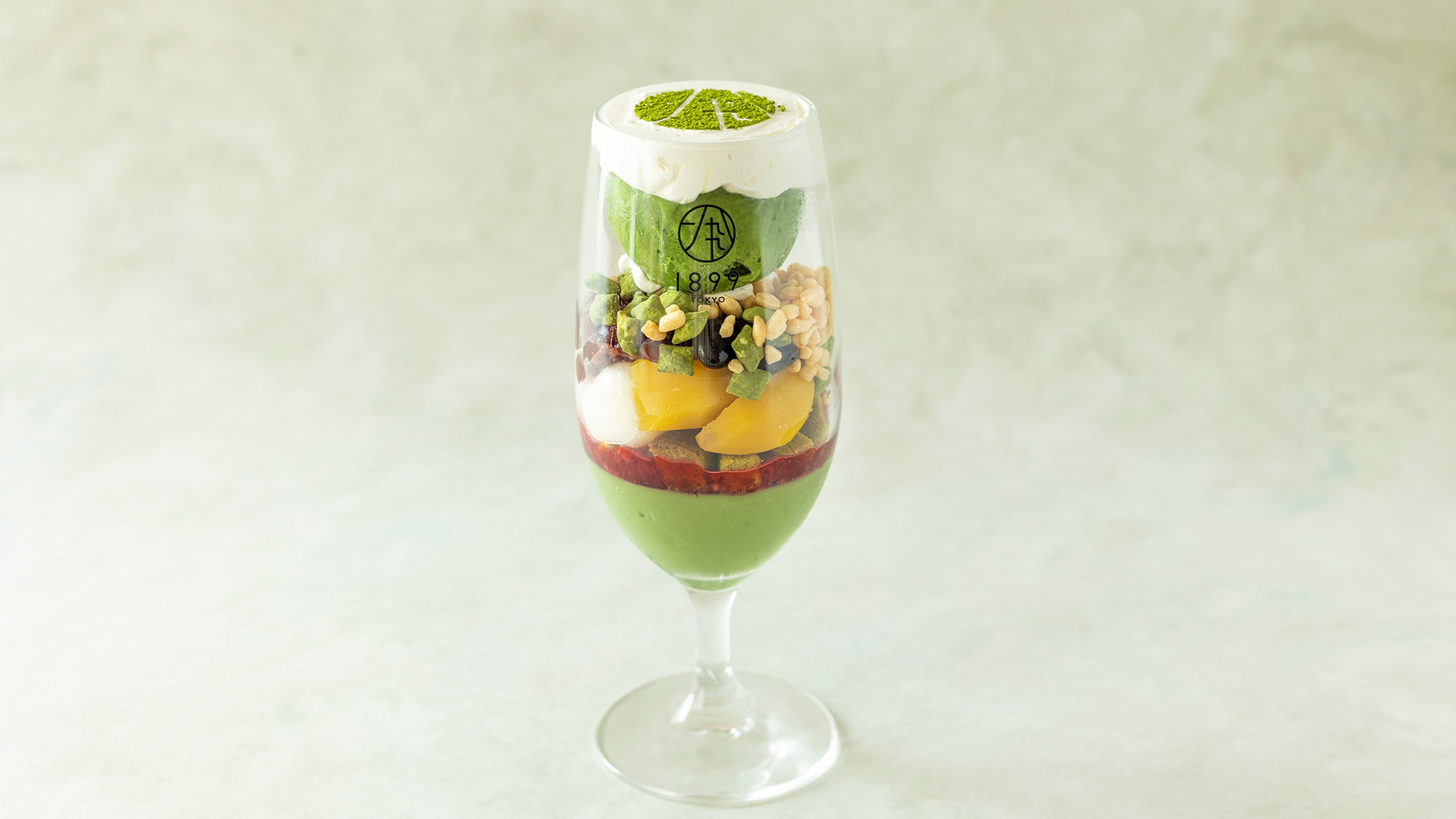
A. Origins in China and Japan
Matcha originated in China during the Tang Dynasty (7th–10th century) when tea leaves were ground into powder and whisked into hot water. However, it was the Japanese Zen Buddhist monks who refined and elevated matcha into a spiritual practice after its introduction to Japan in the 12th century.
- Eisai, a Japanese monk, brought matcha from China and promoted its use in meditation, believing it enhanced focus and mental clarity.
- Over time, matcha became an integral part of Japanese tea ceremonies, symbolizing harmony, respect, purity, and tranquility.
- By the Edo period (1603–1868), matcha was favored by samurai warriors, monks, and aristocrats.
📌 Fun Fact: Matcha was originally reserved for nobility and Buddhist monks, but today, it is enjoyed worldwide in everything from traditional tea bowls to trendy matcha lattes!
How Matcha is Made: The Unique Production Process
Unlike regular green tea, which is steeped in water and discarded, matcha is consumed in its entirety, making it one of the most nutrient-rich teas available.
A. Shade-Grown for Enhanced Flavor & Nutrition
- 3–4 weeks before harvest, tea plants are covered to block 90% of sunlight.
- This process boosts chlorophyll levels, giving matcha its vibrant green color and umami-rich taste.
- L-Theanine (a calming amino acid) increases, enhancing mental clarity and relaxation.
B. Hand-Picked & Stone-Ground to Perfection
- Only the youngest, most tender leaves are carefully hand-harvested.
- Leaves are steamed immediately to preserve freshness.
- Dried leaves are slowly stone-ground into a fine powder, ensuring a smooth, non-bitter taste.
📌 Did You Know? It takes an hour to grind just 30 grams of matcha because traditional stone mills grind it at a slow, precise pace to prevent heat damage!
The Different Grades of Matcha
Matcha comes in three main grades, each with distinct characteristics and uses.
| Grade | Color & Texture | Flavor Profile | Best For |
|---|---|---|---|
| Ceremonial Grade 🌿 | Bright green, ultra-fine | Smooth, umami-rich, slightly sweet | Traditional tea ceremonies, pure drinking |
| Premium Grade 🍵 | Vibrant green, fine | Balanced umami and mild bitterness | Daily drinking, lattes, light culinary use |
| Culinary Grade 🥄 | Dull green, slightly coarse | Strong, bitter, grassy | Baking, smoothies, matcha-flavored foods |
📌 Pro Tip: If you’re drinking matcha straight, always choose ceremonial or premium grade for the best experience!
Health Benefits of Matcha: Why It’s a Superfood
Matcha is packed with antioxidants, vitamins, and amino acids that support overall health.
- Boosts Energy & Focus – Contains L-Theanine and caffeine, providing sustained energy without jitters.
- Rich in Antioxidants – Contains 137x more antioxidants than regular green tea, fighting free radicals and aging.
- Supports Metabolism & Weight Loss – Helps burn fat and boost metabolism naturally.
- Enhances Calmness & Relaxation – Zen monks drank matcha to aid meditation and reduce stress.
- Detoxifies the Body – High chlorophyll levels cleanse toxins from the body.
📌 Fun Fact: Matcha contains EGCG (Epigallocatechin Gallate), a powerful compound linked to heart health and cancer prevention!
How to Prepare Matcha: Traditional vs. Modern Methods
There are two traditional ways to prepare matcha, along with modern twists for everyday convenience.
A. Traditional Japanese Matcha Preparation
- Usucha (薄茶 – Thin Tea) – Light, frothy matcha with a mild flavor.
- Koicha (濃茶 – Thick Tea) – Dense, bold matcha used in tea ceremonies.
📌 How to Make a Perfect Cup of Matcha:
1️⃣ Sift 1–2 teaspoons of matcha to remove clumps.
2️⃣ Add 2 oz (60ml) of hot water (not boiling, ideally 175°F / 80°C).
3️⃣ Whisk vigorously in a zig-zag motion using a bamboo whisk (chasen) until frothy.
B. Modern Matcha Drinks & Recipes
- Matcha Latte – Whisk matcha with milk (dairy or plant-based) for a creamy, energizing drink.
- Iced Matcha Tea – Shake matcha with cold water and ice for a refreshing boost.
- Matcha Smoothie – Blend matcha with banana, almond milk, and honey for a nutritious snack.
- Matcha Desserts – Add to cakes, cookies, and ice cream for a rich green tea flavor.
📌 Pro Tip: Avoid using boiling water—it makes matcha taste bitter!
How to Identify High-Quality Matcha
To ensure you’re buying authentic, high-quality matcha, look for:
- Bright, vibrant green color – Dull or yellowish matcha is low-quality.
- Fine, silky texture – Good matcha should be smooth and not gritty.
- Fresh, grassy aroma – A strong, pleasant scent indicates freshness.
- Sourced from Japan – The best matcha comes from Uji, Kyoto, and Nishio, Japan.
📌 Avoid matcha that is too cheap—high-quality matcha takes time, skill, and careful processing, so expect to pay a bit more for authentic tea!
Conclusion
Matcha is more than just finely ground green tea—it’s a nutrient-packed superfood, a deeply rooted tradition, and a symbol of Japanese culture. Whether you’re sipping a wdbos traditional bowl of matcha, enjoying a matcha latte, or adding it to desserts, matcha offers incredible health benefits and a unique flavor experience.
🔥 So whisk up a cup, embrace the Zen, and enjoy Japan’s finely ground green gold! 🍵✨



